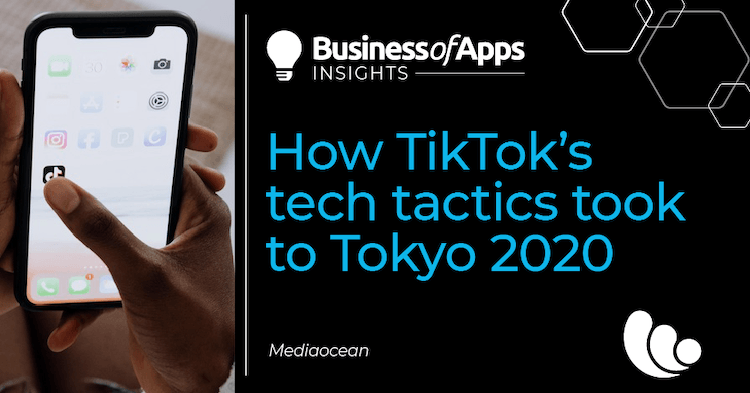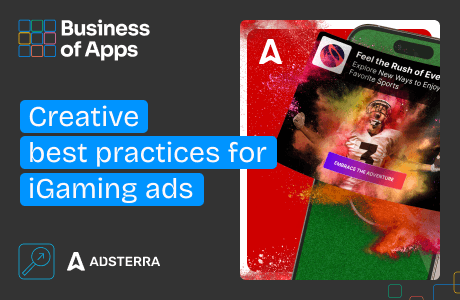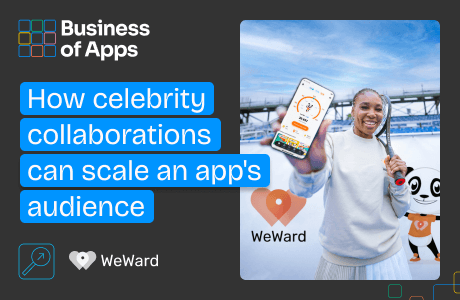
Alongside its feats of speed, strength, and athleticism, the summer games come with a lot of glitz, pageantry, and headlines. So much, in fact, that you’d be forgiven for not knowing that, when the modern Olympics started in 1896, it was founded on the principle of being a competition for amateur athletes, where the everyday people of the world can take the spotlight to show off their superhuman skill and dedication.
Today, of course, Olympic athletes are just as highly professionalized as the organization around them, but that DNA of seeing ordinary people doing extraordinary things can still be felt. While Olympic sports certainly have their superstars, a TV audience of billions is drawn in every four years (or five, in this case) to witness people they’ve never heard of playing sports they’d never usually watch. The sense of surprise and relatability that come with that are a significant part of the games’ emotional draw – and that heady mix of surprise and relatability, professionalism and amateurism, also sits at the heart of social media.
Solo watching in a social age
At home, of course, we remain thoroughly amateur in our appreciation of those sports – tempted though many of us might be to try something new when we see it being done by the world’s best athletes. However, while we might have grown (on average) only a little more familiar with the rules of diving or fencing since the Olympics was first televised in 1936, the way in which we watch and interact has changed significantly.
This has especially been the case, of course, with the rise of social media and other digital communication channels we’ve witnessed in recent years. For almost the whole period since 1936, an individual’s opportunity to react to events at the Olympics was largely limited to personal conversations, leaving the media with free reign to shape the popular narrative around the athletes, events, and international medal table.
For advertisers and marketers, this created a relatively contained route to reach the world’s largest combined audience, and sponsorship has played a role in the modern Olympics since its inception. Now, though, things are more complicated: over the last twenty years, the stranglehold over broadcast has been thoroughly shaken by social media, and marketers have had to react.
In the birth and growth of social media, there is in a way an echo of the birth and growth of the Olympics itself. Where sharing an opinion with the world was once the preserve of a select few professionals, that spotlight has now been democratized, and watching an event is often part and parcel with publicly reacting to it. For many, posting about the sports they watch is now not an add-on, but intrinsic to the experience.
New platforms, new patterns
This is not to say, however, that with the maturation of social media we have settled into a new, fairly stable pattern of consumption. Nothing demonstrates that more clearly than the story of TikTok over the last couple of years. During Rio 2016, TikTok was a month away from its debut in China. During Tokyo 2020, we could fairly argue that the platform took home the marketing gold medal without even being an official sponsor.
On TikTok, #tokyo2020 received over one billion views; #tokyoolympics received over three billion views; and the official Olympics account even launched a social media challenge on the app, #OlympicsSpirit, which received over three billion views. Following the company’s high-profile sponsorship of Euro 2020, it certainly feels as though this summer of sport has been deeply linked with the newest social media darling.
Here, though, there’s a question. While TikTok is quickly coming to rank alongside Facebook, Twitter, Snap, Pinterest, and Instagram as one of our core social platforms, its mode of operation is distinct from those apps in important ways. Where those platforms have traditionally focused on creating one-to-one or many-to-many interactions – connecting with friends or joining massive conversations – the experience of using TikTok is closer to traditional broadcasting.
While TikTok’s content is produced by users on the same level playing field as traditional social platforms, its model of automatically curating content and elevating it to a mass audience makes it not unlike the one-to-many sharing of the traditional broadcast media. The effect is to create a place where rough and ready amateur content can readily outshine the most professionally polished of posts. By combining, in many ways, the best of social with the best of television, TikTok has fashioned itself into a broadcast medium fit for the digital age.
From social to media
To be sure, TikTok is not the only game in town when it comes to new forms of entertainment: with more options than ever and new competition for their attention, sports fans are increasingly diversifying how they consume and interact with content. Recent research by Mediaocean into how Euro and Olympics watchers actually behave revealed a vast range of approaches to sports, with sharing reactions, following players on social media, and regularly watching online recaps all becoming core parts of the experience for fans.
This poses a challenge, of course, for marketers. The heady days of television’s dominance might now, to some, be starting to look like a golden age, reaching millions of people with a single ad spot purchase or billions with a sponsorship deal, and not having to worry about the panoply of media channels which are now proliferating.
At the same time, we should seriously consider the opportunities at hand – for both sportscasting and the media landscape more broadly. We might see this as the evolution of an omnichannel model which brings social engagement to the fore, not just opening the door to reactive conversation, but putting viewers on a level footing with professional media producers.
It’s always been the case that marketers need to market the way that consumers consume – a campaign, after all, is nothing without an audience. With the rules of the game shifting under our feet, it’s never been more important to remember that fact, as it also holds the key to how the media and marketing industry will evolve in response.
The platform era which enables more conversation than ever is also a data opportunity that allows us to get to know audiences better and more subtly than ever, to deliver content that resonates more strongly than ever. This, in turn, can encourage deeper engagement and interactions which are more meaningful for the audience. With the right tools and the right approach, the democratization of the spotlight can be a good thing for everyone – and marketers can climb to Olympic heights.










